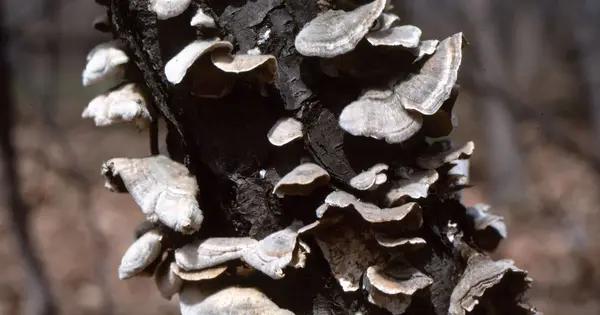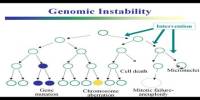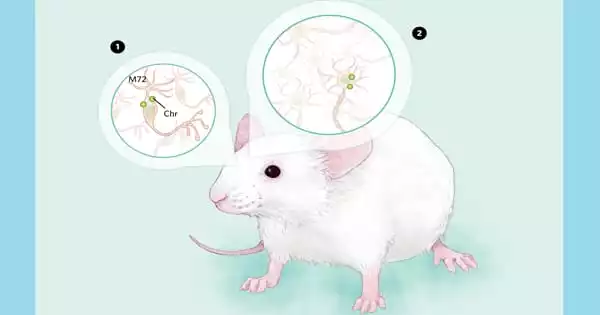Saprotrophic bacteria are soil-dwelling bacteria that use saprotrophic nutrition as their primary energy source. These are bacteria that play an important role in the breakdown process. They are frequently associated with soil fungus that also feed on saprotrophs, and both are categorized as saprotrophs. They get their food by decomposing and absorbing organic matter from dead or decaying creatures, as well as organic substances in the soil or other surroundings.
Key features of saprotrophic bacteria include:
- Decomposition: Saprotrophic bacteria are required for organic matter breakdown. They degrade complex organic substances into simpler forms, allowing nutrients to return to the ecosystem. This process is critical for the cycling of nutrients in diverse ecosystems.
- Nutrient Recycling: These help recycle nutrients by digesting dead organic material, making them available to other species. This nutrient recycling is critical for the survival of life in ecosystems.
- Heterotrophic Nutrition: These are heterotrophic, which means they get their energy and carbon from the organic elements in their surroundings. They do not use photosynthesis and instead rely on pre-existing organic materials.
- Role in Soil Ecology: These are significant components of soil microbial communities. They contribute to the decomposition of plant litter, dead roots, and other organic materials in the soil, releasing nutrients that plants can use for growth.
- Diversity: Saprotrophic bacteria exhibit a wide range of species with different metabolic capabilities. They can thrive in various environments, including soil, water, and decaying organic matter.
A saprotroph is a decomposer that only feeds on dead and decaying plant debris. Fungi, bacteria, and water molds are saprotrophic organisms that are essential for decomposition and nutrient cycling, supplying nutrition for consumers at higher trophic levels. They get nutrients through absorptive nutrition, which involves nutrients being digested by a number of enzymes and then released by the saprotroph.
In soil, aquatic, and bodily systems, the community composition and growth rates of saprotrophic indicator bacteria are frequently regarded as indicators of community health.
















